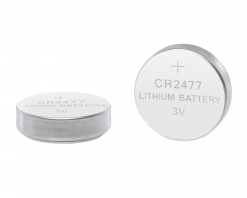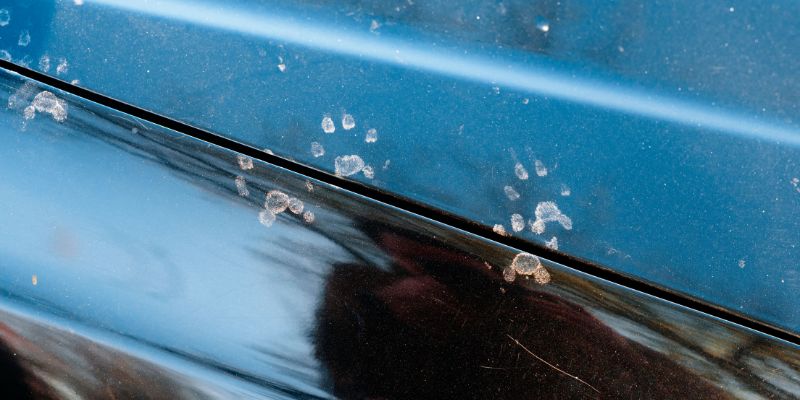Marten damage to the car: Does the insurance cover marten bites and what costs are covered?
Marten damage and insurance
In the event of marten damage, the insurance company will only pay for the damage incurred under certain conditions. Drivers who park their car on the street can expect martens to attack the cables of their spark plugs or the brake and coolant hoses of their cars, for example. If you only have liability insurance for your car, you are stuck with the repair costs. As insurance companies can nowadays set their own policy conditions, marten bites can also be insured differently depending on the insurance company and the policy. Some insurers offer a separate policy for marten damage and consequential damage. With other companies, it is included in the partially comprehensive insurance. However, as partial casco insurance policies are usually taken out with an excess (usually 150 euros per claim) and this sum is offset in the event of damage, many partial casco insurance policies are not used for marten damage. In this case, the car owner bears the damage alone.
Why do martens bite?
There are various reasons why martens cause damage in the engine compartment. The marten does not actually eat the cables. The cables are bitten, scratched and nibbled by the marten in order to examine them. This is because martens are generally very interested animals. As adaptive animals, they like to explore new things. To explore new things, martens use their teeth and gnaw on everything. In this case, the marten has developed a preference for cables and hoses. One theory is that the rubber coating on cables smells very appealing to martens. And it is precisely in the engine compartment that the animals find what they are looking for and gnaw on cables and hoses.
However, the reason for the greater damage often has something to do with the rodents marking their territory. As is common in the animal kingdom, they use scent marks. This means, for example, that a car is assigned to the territory of a particular marten. The marking itself causes less damage, but rather when such a car mark is driven into another territory. The resident marten sees this as a hostile declaration of war and tries to drive it away. However, as it only finds the car, it takes out its aggression on the innocent car. This is not done by marking over the car, but by trying to destroy the car parts that smell of the rival. These are often cables and hoses. The period between March and late summer is the mating season for martens. During this period, their potential for aggression is higher – and therefore the engine compartment of your car is particularly at risk.
What damage can occur?
There is direct marten damage and indirect consequential damage from a marten bite in a car. But what do the rodents most often target? Statistically speaking, ignition cables, coolant and windshield washer hoses, plastic hoses, power cables, insulation and materials for noise and heat insulation are the most popular targets. Marten bites on the turbo hose and in bellows also frequently lead to considerable damage. Less frequently, brake hoses, fuel lines, V-belts and tires are destroyed. If direct marten damage is detected quickly, the repair costs are still manageable: the cost of repairing bitten cables is between 250 and 400 euros.
How dangerous are consequential damages?
In contrast to direct marten damage, the consequential damage is significantly higher and more dangerous. The most expensive result of a marten bite is complete engine damage. If the radiator hose has been bitten by a marten and coolant has leaked out, the engine will overheat and cause engine damage. If rubber sleeves are bitten, it can be very dangerous. This is because the steering can be impaired if the protective device is broken. If the ignition cables are bitten, the drive unit and the catalytic converter are at acute risk and can therefore also cause unpleasant consequential damage. However, the exact costs always depend on which car parts the marten has destroyed and to what extent, when the damage was discovered and whether there was already older damage. Experience has shown that the costs for engine damage and the like are in the four-digit range.
How do I detect a marten bite or marten damage?
In most cases, a marten bite or marten damage can be recognized by paw tracks. These tracks are very often mistaken for those of cats. However, these are usually marten tracks, as it is rare for cats to run over a car. To clearly identify the track, a little tip: a marten has five toes on its front paws, whereas a cat has four. You can find more details here.
However, there are numerous other signs that a marten has been on or in the car. This is how you can discover marten damage: paw marks on the paintwork, damaged cables and hoses such as the radiator hose, triangular, small bite marks and holes in the cables, marten excrement or a strong smell of urine, animal hair on the vehicle, leaking coolant from bitten pipes, bite marks on cables and hoses, leaves, newspaper scraps or even food waste in the engine compartment.
What does marten damage cost?
Cars are most at risk from marten damage. The engine compartment in particular, which is often still warm in the evening, is often chosen as a hiding place. It quickly becomes the marten’s “territory”, which it regards as its property. Martens are territorial, and if conspecifics try to invade this territory, the affected marten becomes angry and begins to gnaw.
If direct marten damage is detected quickly, the repair costs are still manageable. Based on the figures published by the GDV (Gesamtverband der Deutschen Versicherungswirtschaft e.V.) in November 2022, marten damage costs around 450 euros on average. If the immediate damage is recognized in time and it is only a matter of bite marks on cables, costs of less than 150 euros can also be incurred. If an excess is provided for in the partially comprehensive insurance, these costs must be paid out of your own pocket. If marten damage remains undetected, it often results in costly consequential damage. Experience has shown that these cases, especially in the case of engine damage and the like, can be in the four-digit range.
What is the best marten repellent?
When it comes to marten defense, many vehicle owners first resort to simple means. Dog or cat hair in particular is known as a marten repellent. There are also marten sprays that are supposed to keep martens at bay with their scent. Toilet stones or mothballs are also often cited as marten repellents. However, it has not been proven that these defense methods are actually effective. Even the wire mesh fence under the car does not necessarily keep the marten away. It can merely cause them to look for another route. There are several ways to drive away a marten professionally.
Tip
To prevent marten damage, special marten grilles can be placed under the engine compartment. These grilles make it more difficult for martens to enter the engine compartment. Ultrasonic devices can also be used to drive the animals away with high-frequency sounds.



















